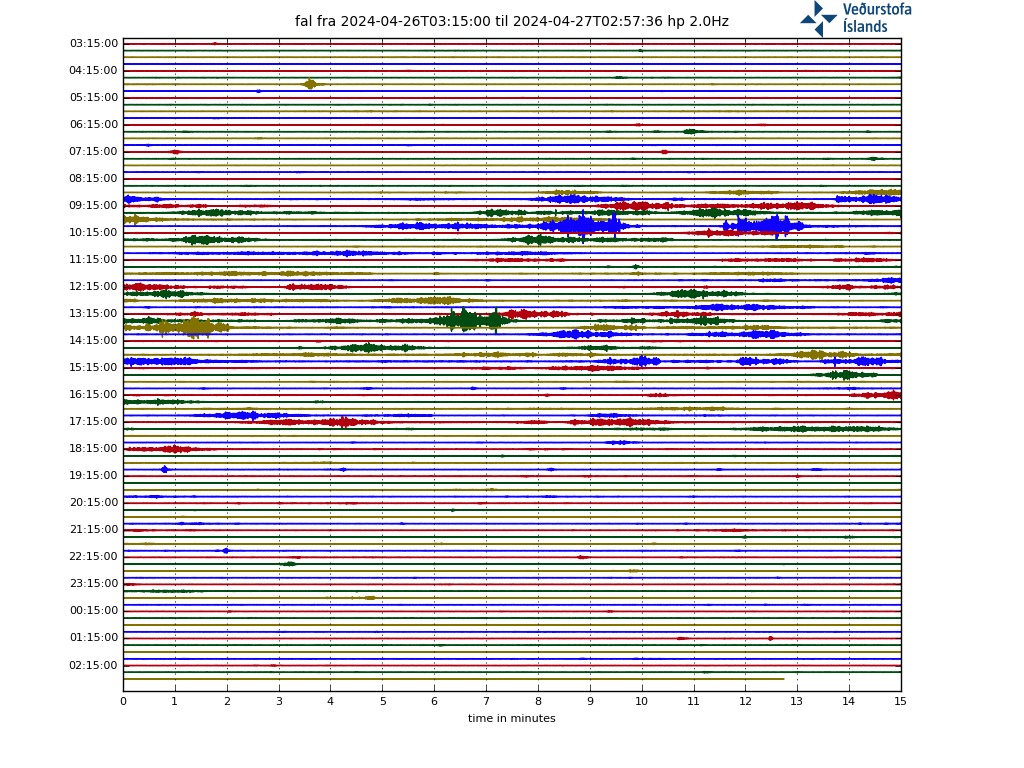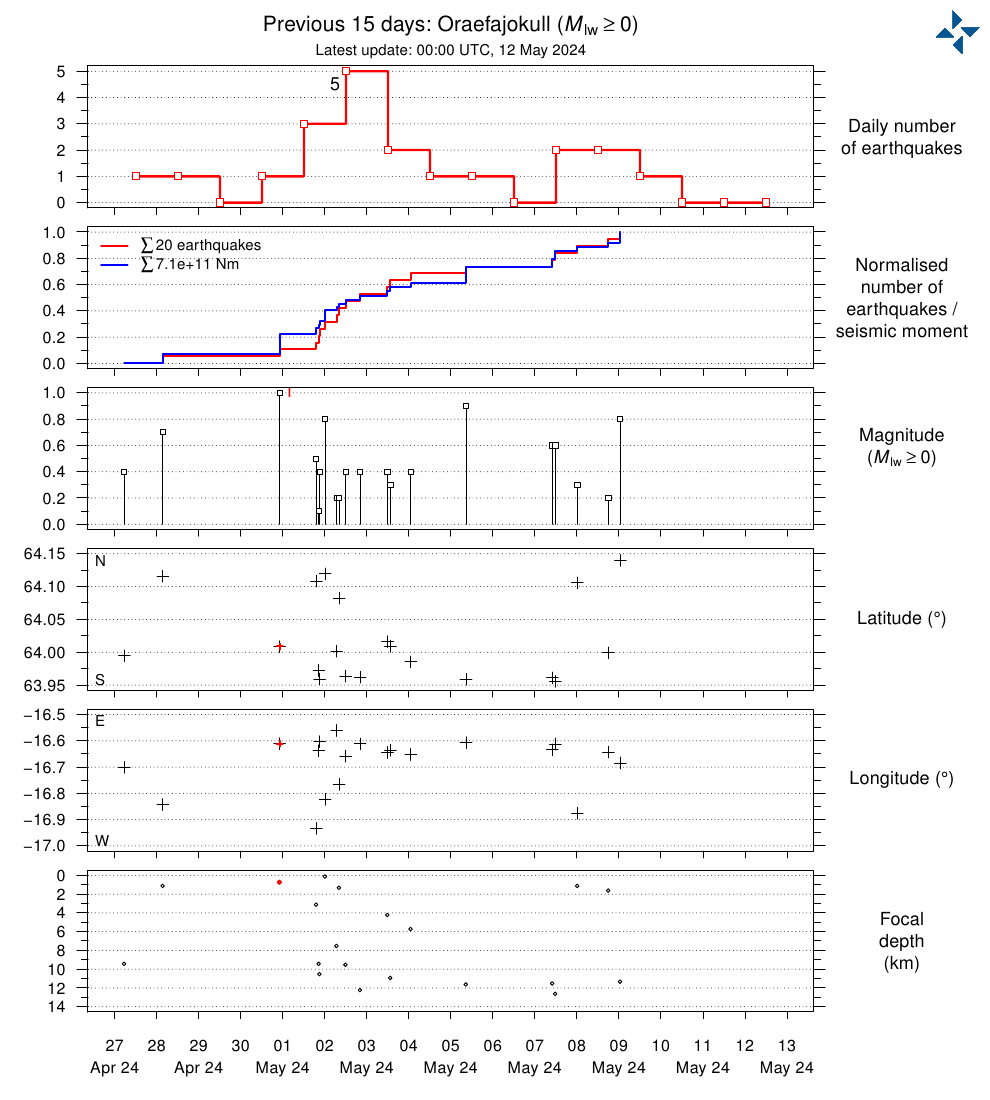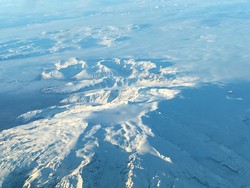
Öræfajökull 17. nóvember 2017. Ágúst J. Magnússon.
A new ice-cauldron in Öræfajökull volcano
17.11.2017
New satellite images of Öræfajökull volcano shows that a new ice-cauldron has formed within the caldera in the last week. Pilot flying over the area took pictures of the cauldron today and sent them to the Icelandic Meteorological Office. The cauldron is about 1 km in diameter and it reflects a recent increase in geothermal activity within the caldera.
It seems that geothermal water has been slowly released from underneath the cauldron to the glacial river of the Kvíárjökull outlet-glacier (SE flank of Öræfajökull volcano). Associated with this water release sulphur smell has been reported nearby Kvíárjökull since last week. Most of the water has probably already been released. An increase in the seismic activity has been recorded for the last few months, but for the past days it has been low. This data indicates increased activity of the volcano which has not erupted since 1727. Currently there are no signs of an imminent eruption.
The Icelandic Coast Guard will fly over the area with scientists tomorrow to collect additional data and samples. The Icelandic Meteorological Office has increased the surveillance of the area and is monitoring the volcano closely in collaboration with scientists from the University of Iceland and the Icelandic Civil Protection Authorities.
The Icelandic Meteorological Office has in light of this elevated activity raised the aviation color code for Öræfajökull to yellow.
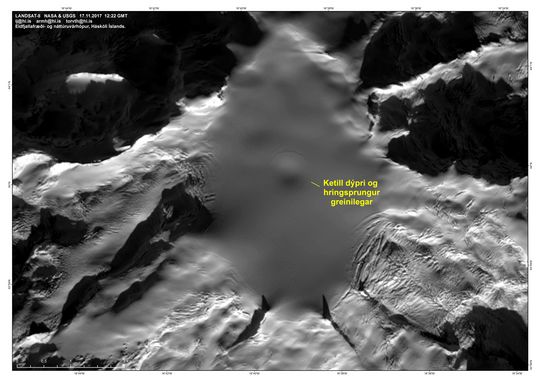
Landsat image from 17 November 2017.
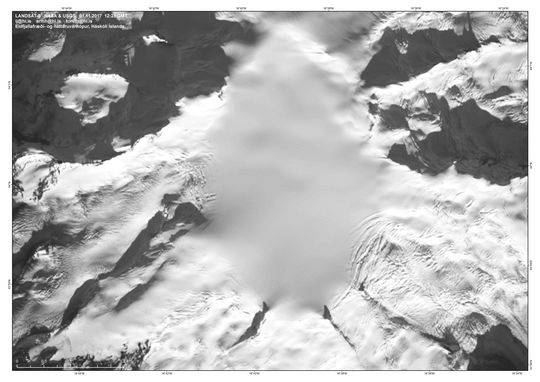
Landsat image from 1 November 2017.
http://en.vedur.is/about-imo/news/a-new-ice-cauldron-in-oraefajokull-volcano




